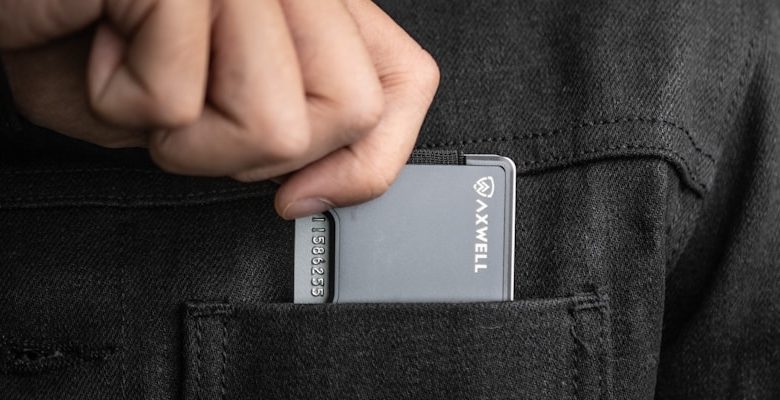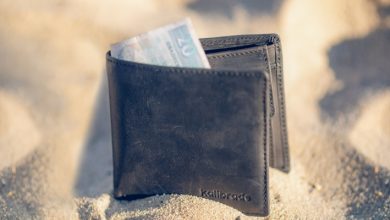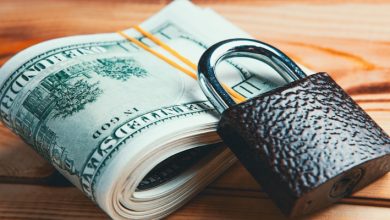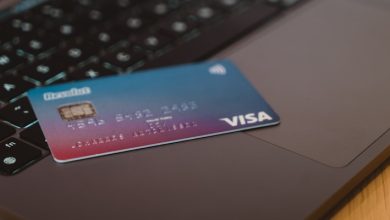How to Secure Your Wallet on Mobile Devices

- Understanding the risks of mobile wallet security
- Best practices for protecting your mobile wallet
- Choosing a secure password for your mobile wallet
- Two-factor authentication and its importance for mobile wallets
- Keeping your mobile device updated to enhance wallet security
- The role of encryption in securing your mobile wallet
Understanding the risks of mobile wallet security
It is crucial to understand the risks associated with mobile wallet security in order to protect your financial information from potential threats. While mobile wallets offer convenience and efficiency, they also pose certain vulnerabilities that can be exploited by cybercriminals. One of the main risks is the possibility of unauthorized access to your wallet, which can result in theft of funds or sensitive data. Additionally, malware and phishing attacks are common tactics used to gain access to mobile wallets and compromise security.
Another risk to consider is the potential for loss or theft of your mobile device, which could grant unauthorized individuals access to your wallet. It is important to take precautions such as enabling password protection, using biometric authentication, and enabling remote wiping capabilities in case your device is lost or stolen. Additionally, it is recommended to avoid storing sensitive information such as passwords or account numbers in your mobile wallet to minimize the risk of exposure in the event of a security breach.
Furthermore, it is essential to be cautious when using public Wi-Fi networks or downloading apps from untrusted sources, as these can be exploited by hackers to intercept sensitive information or install malicious software on your device. Regularly updating your mobile wallet app and operating system can help patch any security vulnerabilities and protect your data from potential threats. By being aware of these risks and taking proactive measures to secure your mobile wallet, you can minimize the likelihood of falling victim to cyber attacks and protect your financial assets.
Best practices for protecting your mobile wallet
When it comes to protecting your mobile wallet, there are several best practices you can follow to ensure the security of your financial information. Here are some key tips to keep in mind:
- Set up a strong password or PIN to access your mobile wallet. Avoid using easily guessable combinations such as “1234” or “password.”
- Enable biometric authentication methods like fingerprint or facial recognition for an added layer of security.
- Avoid storing sensitive information such as credit card details or passwords in notes or messages on your device.
- Regularly update your mobile wallet app to patch any security vulnerabilities that may have been discovered.
- Only download mobile wallet apps from official app stores to reduce the risk of downloading malware or fraudulent apps.
- Be cautious when connecting to public Wi-Fi networks, as they may not be secure and could potentially expose your financial data to hackers.
- Consider using a VPN when accessing your mobile wallet on public networks to encrypt your connection and protect your information.
- Monitor your mobile wallet transactions regularly to detect any unauthorized activity and report it immediately.
By following these best practices, you can help safeguard your mobile wallet and minimize the risk of falling victim to cybercrime or fraud. Remember that staying vigilant and proactive is key to maintaining the security of your financial information on mobile devices.
Choosing a secure password for your mobile wallet
When it comes to securing your mobile wallet, choosing a strong password is crucial. A strong password can help prevent unauthorized access to your funds and personal information. Here are some tips for creating a secure password:
- Use a mix of uppercase and lowercase letters
- Include numbers and special characters
- Avoid using easily guessable information such as your name or birthday
- Make sure your password is at least 8 characters long
- Consider using a passphrase instead of a single word
Remember to never share your password with anyone and avoid using the same password for multiple accounts. By following these tips, you can help ensure that your mobile wallet remains secure and your funds are safe.
Two-factor authentication and its importance for mobile wallets
Two-factor authentication is a crucial security feature for mobile wallets. It adds an extra layer of protection by requiring users to provide two different forms of identification before accessing their accounts. This typically involves something the user knows (like a password) and something the user has (like a fingerprint or a code sent to their phone).
Implementing two-factor authentication in your mobile wallet can significantly reduce the risk of unauthorized access to your financial information. Even if a cybercriminal manages to steal your password, they would still need the second factor to gain entry. This makes it much harder for hackers to breach your account and steal your funds.
By enabling two-factor authentication, you can enhance the security of your mobile wallet and protect your sensitive data from falling into the wrong hands. It’s a simple yet effective way to safeguard your financial information and give yourself peace of mind when using mobile payment services.
Keeping your mobile device updated to enhance wallet security
Ensuring that your mobile device is regularly updated is crucial in maintaining the security of your digital wallet. Software updates often include important security patches that help protect your device from vulnerabilities and potential threats. By keeping your device updated, you can enhance the overall security of your wallet and reduce the risk of unauthorized access.
The role of encryption in securing your mobile wallet
Encryption plays a crucial role in enhancing the security of your mobile wallet. By encrypting the data stored on your device, you can prevent unauthorized access and protect your financial information from cyber threats. Encryption converts your sensitive information into a code that can only be deciphered with the correct key, making it virtually impossible for hackers to steal your data.
When setting up your mobile wallet, make sure to choose a strong encryption method such as AES (Advanced Encryption Standard) or RSA (Rivest-Shamir-Adleman). These encryption algorithms are widely recognized for their effectiveness in safeguarding data. Additionally, regularly updating your encryption keys and passwords will further strengthen the security of your mobile wallet.
In the event that your mobile device is lost or stolen, encryption provides an added layer of protection. Even if someone gains physical access to your device, they will be unable to access your wallet without the encryption key. This ensures that your financial information remains secure, giving you peace of mind in case of unforeseen circumstances.



